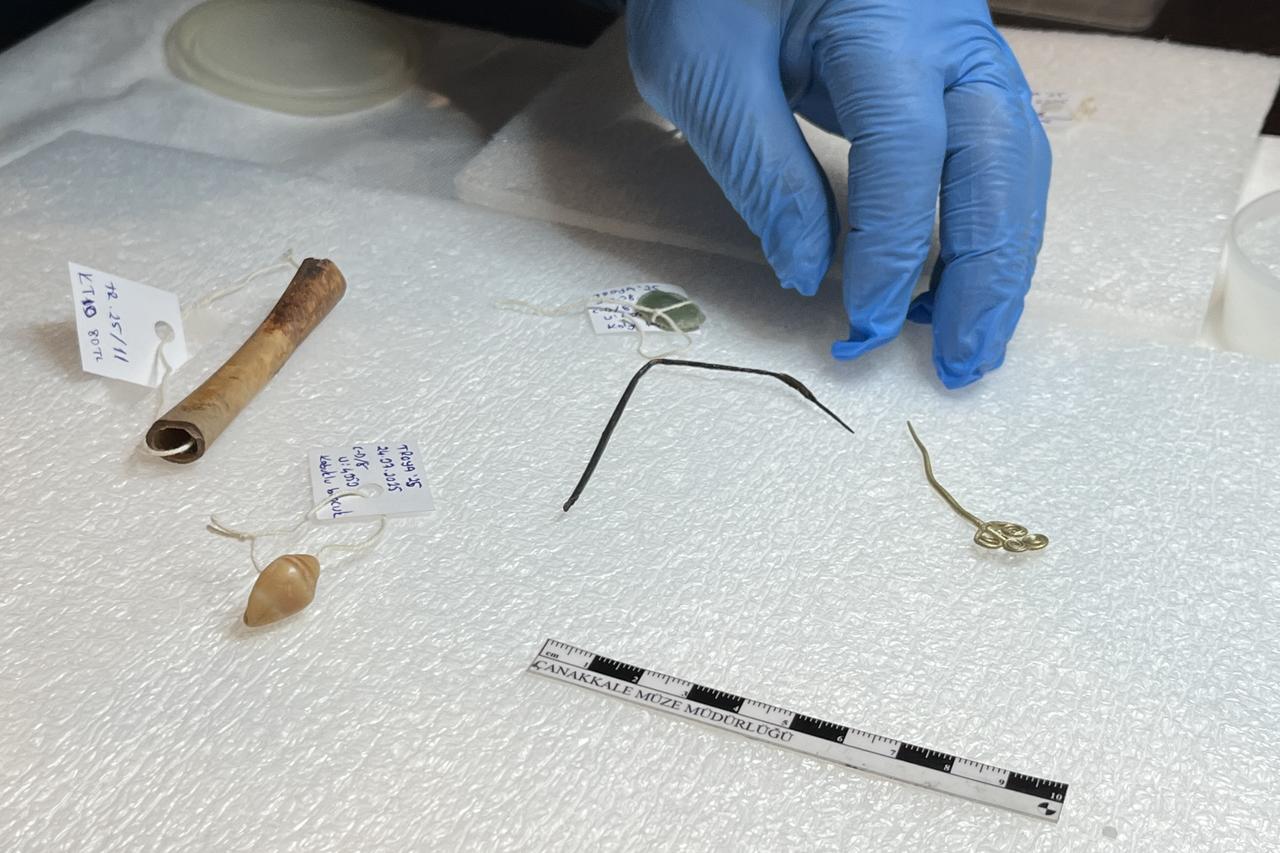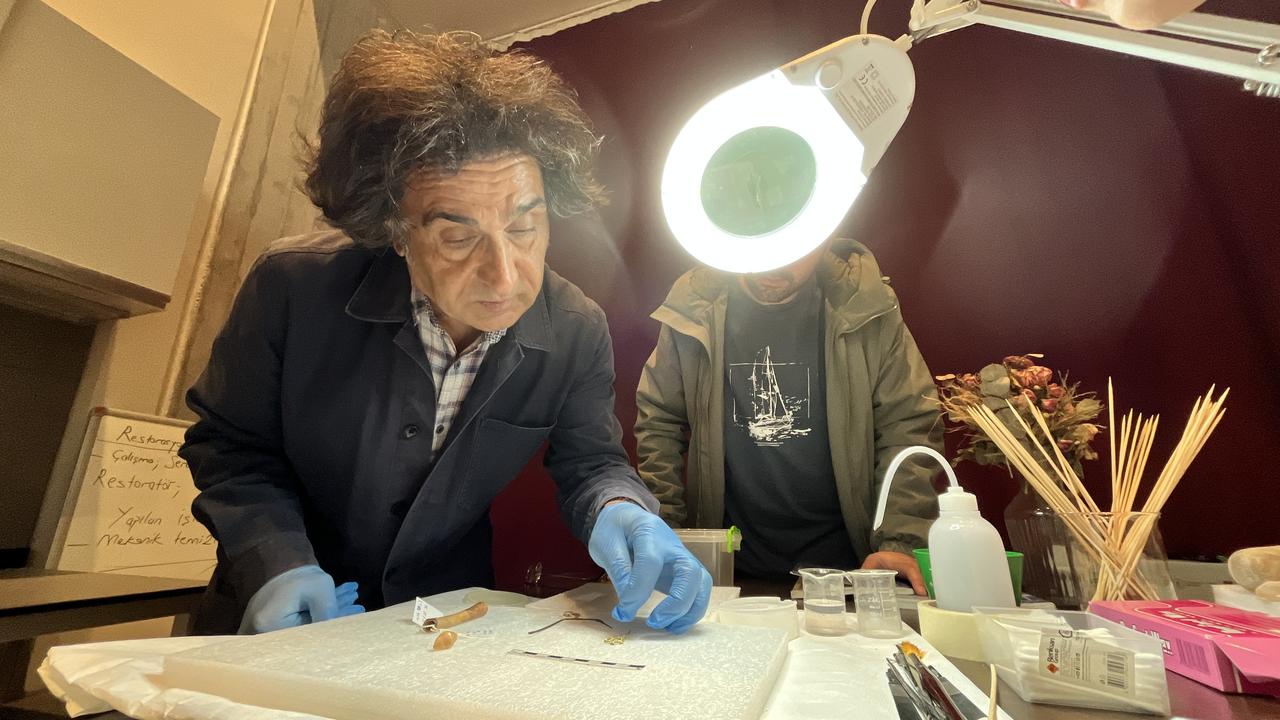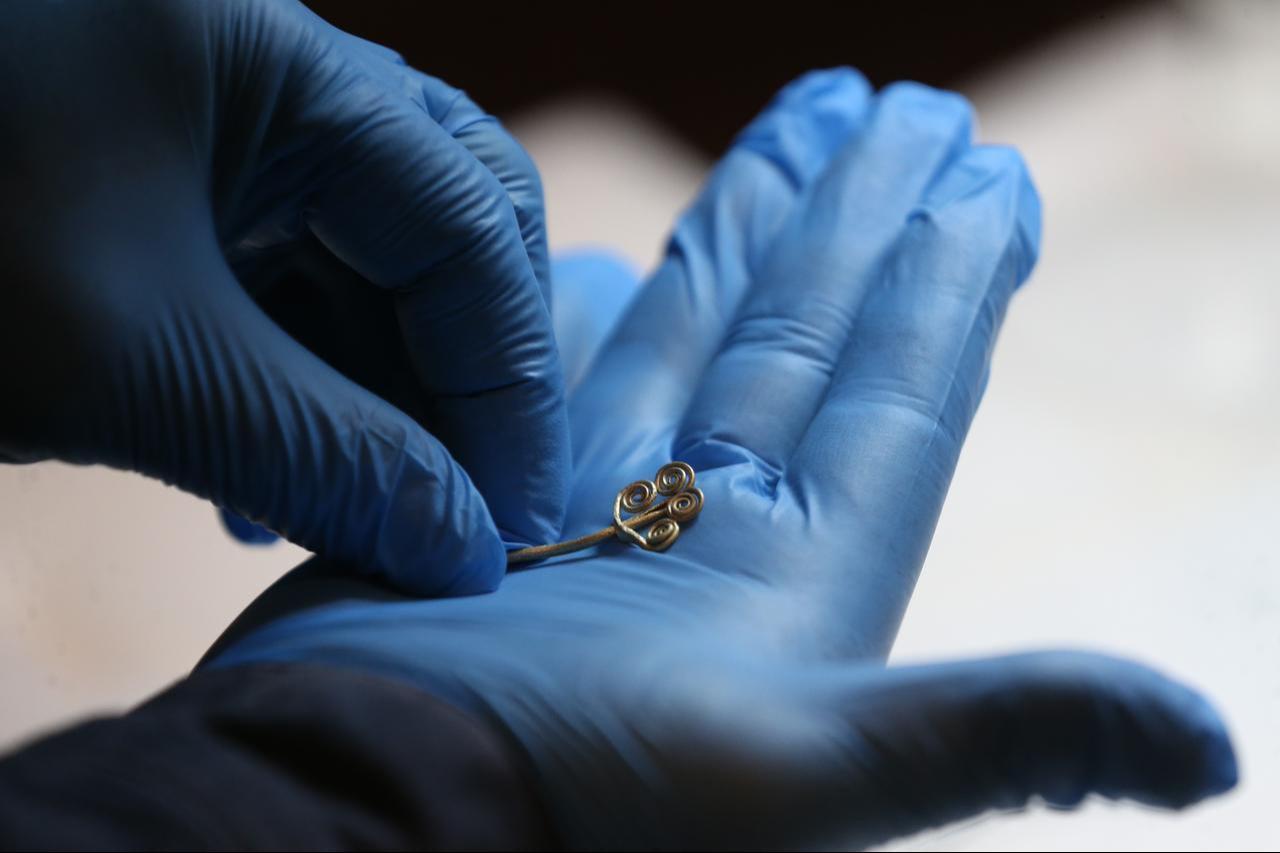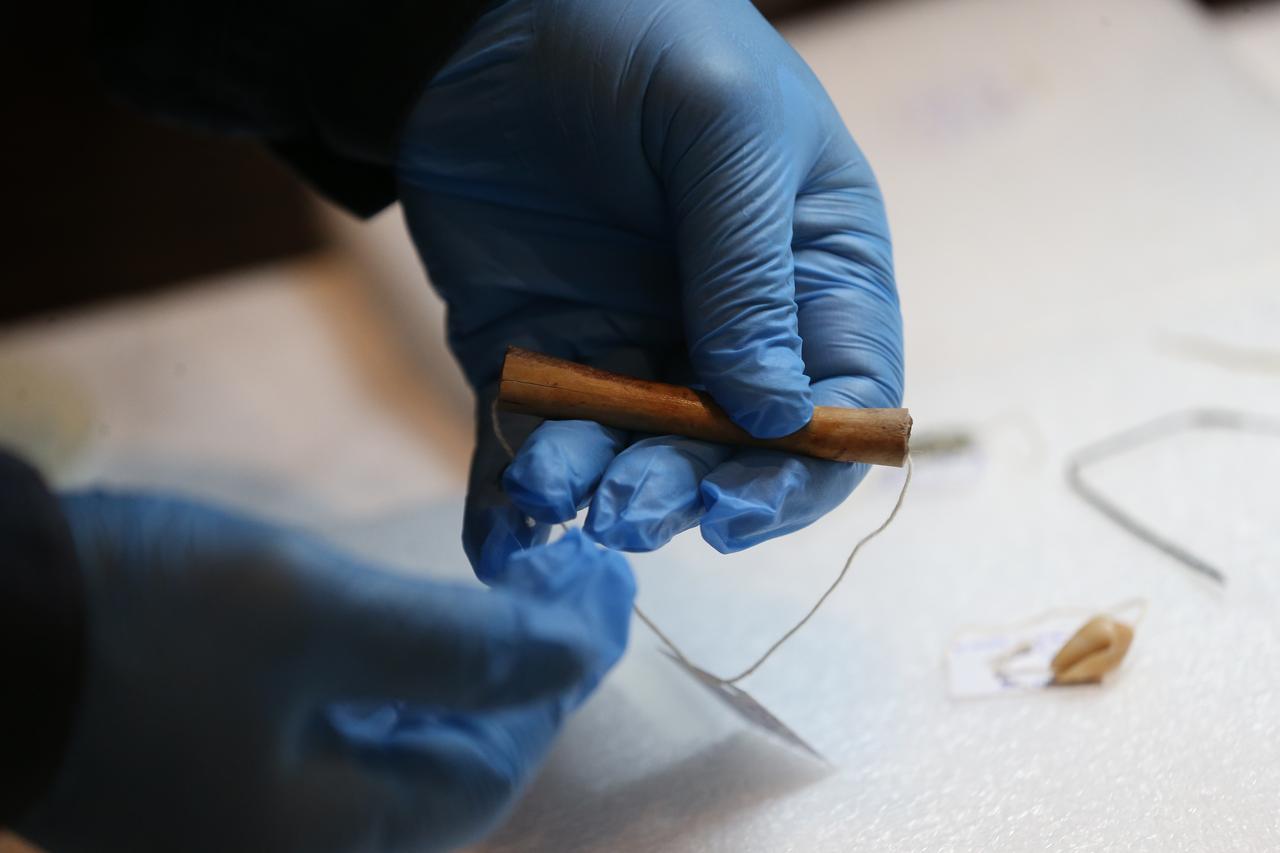
Archaeologists working at the ancient city of Troy in northwestern Türkiye have uncovered 4,500-year-old tool fragments and a seashell bead that they say point to intercontinental trade connections and local wealth, while also helping to clarify the context of a long-debated treasure discovered in the 19th century.
Troy, which appears on the UNESCO World Heritage List and has a past going back around 5,500 years, is being excavated under a project carried out with permission from the Ministry of Culture and Tourism, supported by Canakkale Onsekiz Mart University (COMU) and main sponsor ICDAS.
Excavations continue throughout the entire year as part of the “Heritage for the Future,” which aims to carry this heritage into the future.

Professor Rustem Aslan of COMU, who heads the excavation team, noted that work at Troy has been underway for about 150 years and said the latest season marks a turning point in that long history.
He recalled that he had personally witnessed roughly 40 years of fieldwork at the site, from his student days to the present, and that many discoveries have been made in that period.
He pointed out that earlier campaigns, including those led by Manfred Korfmann, produced several important finds, among them a seal referred to as the “Luvi” seal and new information about the so-called lower city. However, he underlined that the significance of this year’s finds is different because they speak directly to long-running debates about the famous treasure removed from the site by Heinrich Schliemann in the 1870s.
Since the late 19th century, the objects that Schliemann took abroad illegally have been at the center of discussions over how they should be dated, how they relate to other finds, and exactly where they were found.
According to Aslan, the newly uncovered pieces now offer strong data about the context of that treasure and its relationship with other material from the same area.

The new group of finds includes a gold spiral brooch, a piece of jade, a bead made from a seashell, a bronze pin, and several bone tools.
Aslan explained that these items come from special buildings inside the fortress area, the same general zone associated with the treasure, and therefore help researchers link the hoard more precisely to its architectural setting.
He stated that the finds are dated to about 4,500 years before today, a chronology that is evaluated in relation to earlier dating proposals and typological comparisons with other material from the site.
This shared time frame, he added, allows archaeologists to reassess how the treasure relates to the wider assemblage of finds from Troy.
Aslan noted that, based on their position, there is probably a bronze piercing tool or another metal implement on one side of one of the bone tools, while the bronze pin very likely points to work with textiles or leather.
The jade piece and the seashell bead, he said, are connected with personal adornment, since they clearly belong to a group of items used as jewelry or decorative accessories.

Taken together, the gold brooch, the delicate stone and shell pieces, the bronze tools, and the bone implements suggest a setting in which specialized craft activities and ornament making went hand in hand with access to materials from beyond the immediate region.
Aslan underlined that these finds “point to Troy’s intercontinental trade and wealth,” since they reveal both the presence of imported raw materials and the ability to work them into high-value objects.